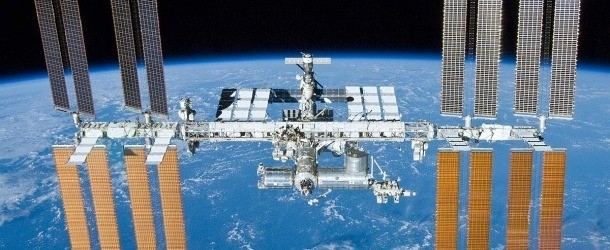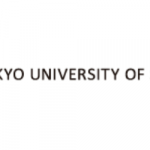NASA Plans to Turn ISS into a Quantum Laser Lab

(Wired) The goal of the National Space Quantum Laboratory program is to use a laser system on the International Space Station to exchange quantum information between two devices on Earth without a physical link. The refrigerator-sized module would be attached to the outside of the space station and would generate the entangled photons that carry the quantum information to Earth. The demonstration would pave the way for a satellite that could take entangled particles generated in local quantum networks and send them to far-flung locations.
NASA is not the first to take quantum technologies to space. In 2016 China launched a satellite that sent a pair of entangled photons to two cities more than 700 miles apart. It was a critical test for long-distance quantum key distribution, which uses particles to encrypt information in a way that is almost impossible to break.
In NASA’s system, a pair of entangled photons is generated on the International Space Station and another pair of entangled photons is generated at a ground station on Earth. One of the photons from space and one of the photons generated on Earth are sent to a quantum device that performs a bell measurement, which determines the state of each photon. This simultaneous measurement causes the remaining photons from their respective pairs—the one in space and the other on Earth—to become entangled, despite being generated by different sources. The next step is to send the remaining photon in space to a different ground station on Earth and repeat the process. This entangles the photons at each ground station and establishes a connection between the two quantum devices without a physical link.



















